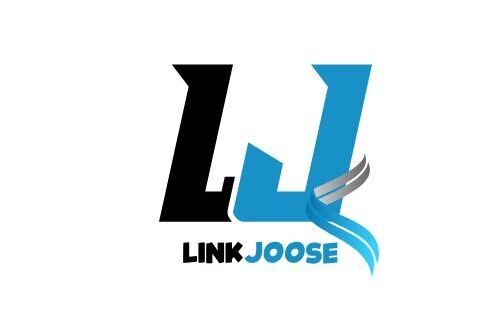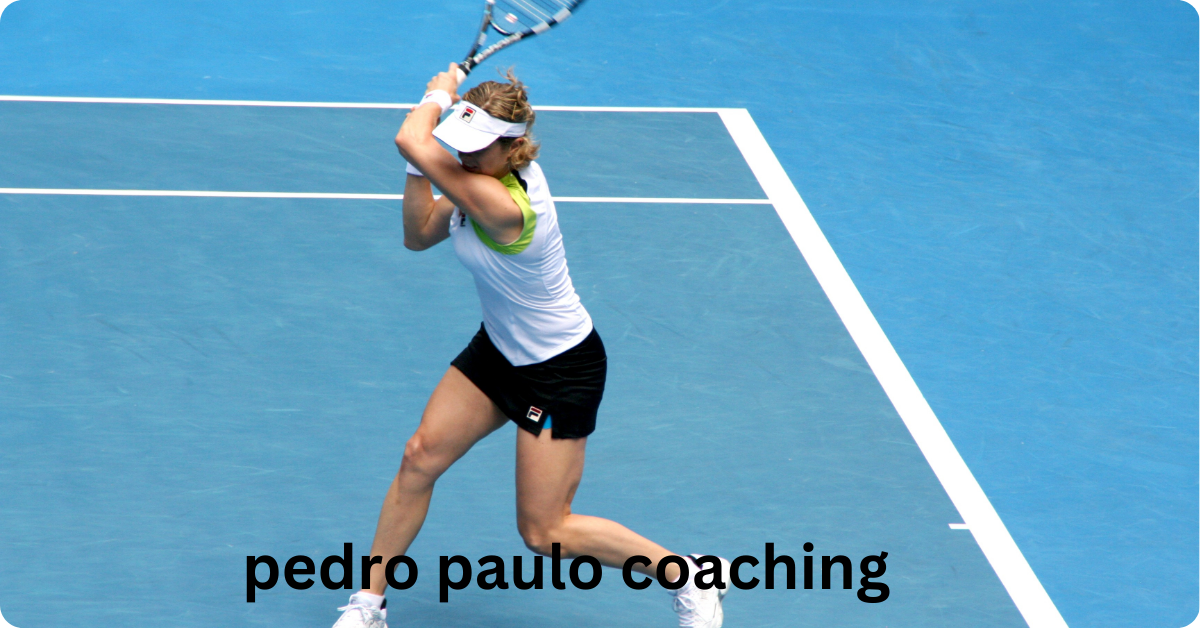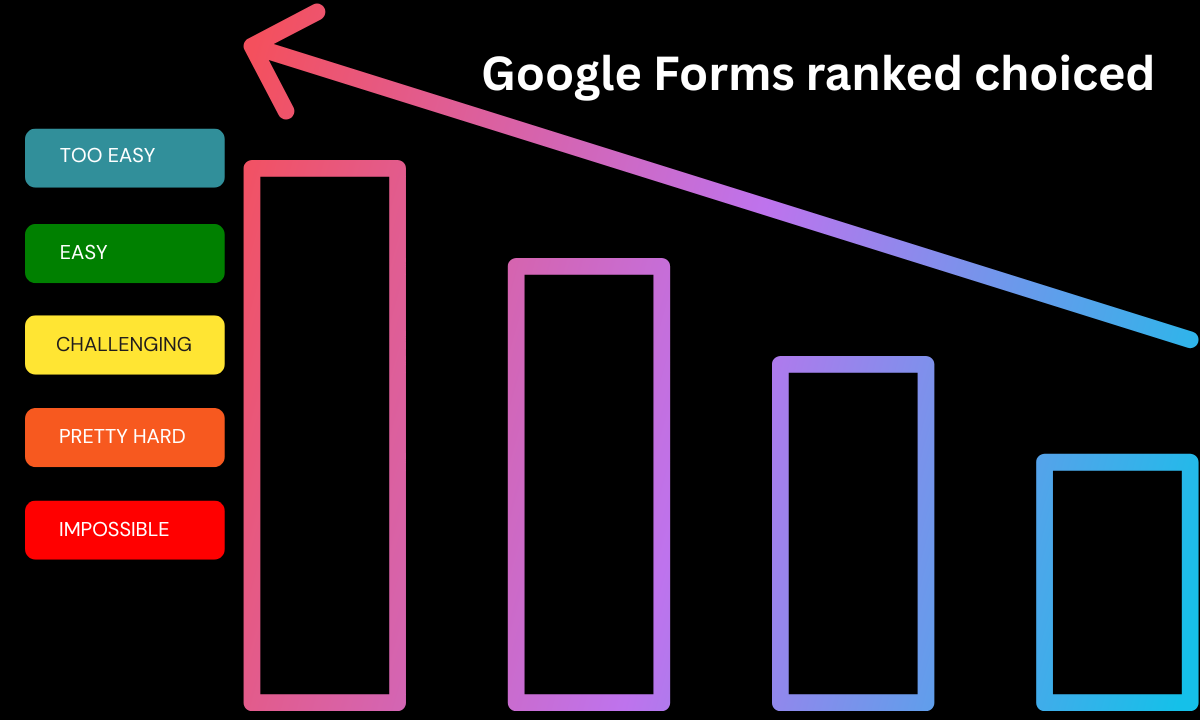Introduction:
Ancient vs modern education:
Education has always been an integral part of human civilization, shaping societies and influencing the progress of nations. Over centuries, the methods, philosophies, and structures of education have evolved significantly. The debate between ancient and modern education remains relevant today as we examine the strengths and weaknesses of both systems.
Ancient vs modern education was deeply rooted in philosophy, tradition, and oral transmission of knowledge, focusing on discipline and moral upbringing. It revolved around direct mentorship, scriptures, and classical learning. Modern education, on the other hand, is characterized by technology, structured curricula, and an emphasis on scientific and practical applications. In this discussion, we will delve into the various aspects of ancient and modern education, including their methodologies, content, and impact on learners.
The Foundations of Ancient Education
Philosophical and Religious Influence
Ancient vs modern education was deeply connected to philosophical and religious teachings. In civilizations such as Ancient India, Greece, China, and Egypt, education was primarily delivered by religious scholars and philosophers. The Gurukul system in India, the Socratic method in Greece, and Confucian teachings in China all emphasized moral and ethical education alongside intellectual pursuits.
Role of Oral Tradition and Memorization
One of the most distinctive features of ancient vs modern education was the reliance on oral tradition. Before the invention of paper and widespread literacy, knowledge was transmitted orally. Students were required to memorize texts, recite scriptures, and participate in discussions. This method was especially prevalent in Vedic education in India and Confucian learning in China.
Limited Accessibility and Selective Learning
ancient vs modern education times was often reserved for the elite, such as the nobility, clergy, and scholars. While some civilizations allowed broader participation, many restricted education based on caste, class, or gender. Women, lower-class individuals, and slaves were often deprived of formal education.
Practical and Apprenticeship-Based Learning
Practical education was a crucial element in ancient times. Students often learned directly from skilled professionals, artisans, or philosophers. In medieval Europe, apprenticeships were common, allowing young learners to develop expertise in trade, craftsmanship, and administration under the guidance of masters.
Moral and Ethical Training
Ancient vs modern education placed significant emphasis on character building. In many cultures, ethical training was prioritized over intellectual development. This is evident in Greek education, where students were trained in virtues such as courage, justice, and wisdom. Similarly, Confucian education stressed social harmony and respect for elders.
The Transformation into Modern Education
The Rise of Formal Schooling Systems
Ancient vs modern education as we know it began taking shape during the Renaissance and Industrial Revolution. With the invention of the printing press and increased literacy, knowledge became more accessible. The introduction of structured curricula, standardized tests, and graded schooling revolutionized the educational landscape.
Technological Advancements in Learning
One of the most defining characteristics of modern education is the integration of technology. From chalkboards to smart classrooms, education has seen rapid advancements. The internet, e-learning platforms, and artificial intelligence have made knowledge widely available, breaking geographical barriers.
Scientific and Rational Thought
Unlike ancient vs modern education, which was often influenced by religious or philosophical ideologies, modern education promotes scientific inquiry and empirical reasoning. The emphasis has shifted from rote memorization to critical thinking and problem-solving.
Compulsory and Universal Education
A major transformation in Ancient vs modern education is its universal accessibility. Unlike ancient times, where education was a privilege, many countries now mandate compulsory education for children. This has led to a significant increase in literacy rates worldwide.
Diverse and Specialized Fields of Study
In contrast to ancient vs modern education, which focused on a limited set of subjects, modern education offers a vast array of disciplines. Students can specialize in fields such as medicine, engineering, humanities, and social sciences. The expansion of knowledge domains has opened countless career opportunities.
Comparison of Teaching Methods
Teacher-Student Relationship
Ancient vs modern education emphasized a close, almost familial bond between teacher and student. The guru-shishya (teacher-disciple) tradition in India and the mentorship model in Greece are examples of this personalized approach. In contrast, modern education follows a more structured and hierarchical model, with teachers instructing large groups of students in a classroom setting.
Assessment and Evaluation
Assessment methods in ancient education were largely qualitative, based on oral recitations, discussions, and direct teacher evaluations. Modern education, however, relies on written exams, assignments, and standardized testing to measure academic performance.
Practical vs. Theoretical Learning
Ancient vs modern education focused heavily on practical, experiential learning. Students learned through direct engagement with texts, crafts, or philosophical discussions. Modern education, while still incorporating practical elements, places significant emphasis on theoretical concepts and research-based learning.
Societal Impact of Ancient vs Modern Education
Ancient Education and Cultural Preservation
One of the strengths of ancient vs modern education was its role in preserving cultural traditions, myths, and values. Oral storytelling, religious teachings, and classical texts ensured the transmission of cultural heritage from one generation to another.
Modern Education and Globalization
Modern education has facilitated globalization by creating a standardized framework for learning. The widespread adoption of English, international universities, and digital learning platforms have made knowledge more accessible and interconnected.
Gender and Social Equality
While ancient vs modern education often excluded women and lower-class individuals, modern education promotes inclusivity. The introduction of laws advocating for equal educational opportunities has led to increased participation of marginalized groups in academic and professional fields.
Economic Implications
Education plays a critical role in economic development. Ancient vs modern education primarily prepared individuals for roles within rigid social structures. Modern education, however, equips individuals with diverse skills, fostering innovation, entrepreneurship, and economic mobility.
The Role of Modern Technology in Education
E-Learning and Online Education
The digital age has revolutionized education. Online courses, virtual classrooms, and digital libraries have made learning more flexible and accessible. Unlike ancient education, which required physical presence, modern technology allows individuals to learn from anywhere in the world.
Artificial Intelligence and Personalized Learning
AI-driven education tools provide personalized learning experiences, adapting content to individual student needs. This is a stark contrast to the one-size-fits-all approach seen in traditional education systems.
Challenges of Modern Education
Despite its advantages, modern education faces challenges such as excessive reliance on standardized testing, lack of practical experience, and the increasing commercialization of learning institutions. The pressure to perform academically has also led to rising mental health concerns among students.
FAQs
1. What were the key features of ancient vs modern education?
Ancient vs modern education was primarily oral, deeply rooted in philosophy, and often linked to religious traditions. It emphasized discipline, memorization, and moral training. The teacher-student relationship was personal, with knowledge being transferred directly from mentor to pupil. Ancient vs modern education was also highly selective, limited to the elite classes, and often segregated based on gender and social status. The learning environment often consisted of religious institutions, temples, and philosophical schools.
2. How has modern education evolved from ancient vs modern education?
Modern vs modern education has transformed significantly from ancient education by incorporating technology, structured curricula, scientific methods, and universal accessibility. It has moved away from rote memorization to analytical and problem-solving approaches. While ancient education was personalized through one-on-one mentorship, modern education accommodates large classrooms and digital learning platforms. Subjects have diversified, allowing students to specialize in fields beyond traditional philosophy and ethics, including science, technology, arts, and social sciences.
3. What role did philosophy play in ancient vs modern education?
Philosophy was the backbone of ancient education, influencing ethical and intellectual development. Greek philosophers like Socrates, Plato, and Aristotle focused on reasoning, logic, and debate. In India, Vedantic and Buddhist teachings provided spiritual and intellectual guidance, while in China, Confucianism stressed morality, societal roles, and respect for elders. Philosophy helped shape students into well-rounded individuals who understood their place in society and the greater universe.
4. Why was education limited to certain groups in ancient times?
Education in ancient times was primarily restricted to specific social classes because it was designed to prepare individuals for particular societal roles. Aristocrats, priests, and scholars were often the only ones granted access to formal education, while lower-class individuals were trained in trade, agriculture, or manual labor. Gender also played a role, as women were largely excluded from formal education in many civilizations, except in rare cases like Ancient Egypt, where some women were educated in medicine and administration.
5. How does modern education promote inclusivity?
Modern education is founded on principles of equality and accessibility. Governments around the world have introduced compulsory schooling laws to ensure every child receives a basic education. Scholarships, online learning platforms, and vocational training programs have further democratized education, breaking down economic and geographic barriers. Special education programs have also been established to support individuals with disabilities, ensuring no one is excluded from learning opportunities.
6. What are the major differences in teaching methodologies between ancient and modern education?
In ancient education, teaching was done through oral transmission, memorization, and apprenticeship-based learning. Teachers closely mentored students, providing customized guidance and instruction. Learning environments were informal and often centered around philosophical discourse, scriptures, and practical application. Modern education, however, relies on structured curricula, textbooks, lectures, and digital tools. Classrooms are designed to accommodate mass learning, and assessments are more standardized, utilizing exams and grading systems to evaluate progress.
7. How did ancient education contribute to cultural preservation?
Ancient education played a vital role in preserving cultural heritage through oral traditions, religious texts, and classical literature. In India, the Vedas and Upanishads were passed down for centuries through memorization and recitation. In Greece, epic poems like The Iliad and The Odyssey educated students on history and mythology. Confucian teachings ensured the continuity of Chinese values and traditions. By instilling cultural identity, ancient education helped maintain societal cohesion.
8. What are the biggest challenges faced by modern education?
Despite its advancements, modern education faces several challenges, including inequality in access to quality education, over-reliance on standardized testing, and the increasing commercialization of learning institutions. The pressure to perform academically has led to rising mental health concerns among students. Additionally, with the rapid advancement of technology, traditional teaching methods often struggle to keep up with the evolving needs of students in the digital age.
9. How has technology influenced the transition from ancient to modern education?
Technology has revolutionized education by making knowledge more accessible and interactive. Unlike ancient education, which relied on oral tradition and manuscripts, modern education benefits from online courses, virtual classrooms, artificial intelligence, and multimedia learning tools. Students can now access information instantly, collaborate globally, and personalize their learning experiences through adaptive technologies. While technology has bridged many gaps, it has also introduced challenges such as digital distractions and disparities in access to modern learning tools.
10. Can elements of ancient education still be applied today?
Yes, several elements of ancient education remain relevant and can be integrated into modern education. The mentorship model, where teachers develop close bonds with students, can be beneficial for personalized learning. Ethical and moral education, emphasized in ancient teachings, is still crucial for developing responsible citizens. Additionally, experiential learning—through apprenticeships and hands-on training—continues to be effective, especially in technical and vocational fields.
Conclusion
Education has undergone a vast transformation from ancient to modern times, adapting to the changing needs of society. The shift from oral traditions, mentorship-based learning, and selective access to a globalized, technologically driven, and inclusive educational system has redefined how knowledge is acquired and disseminated. However, both ancient and modern education have their strengths and weaknesses.
Ancient education emphasized wisdom, ethics, and character building, preparing students to be responsible members of society. The direct teacher-student bond fostered deep intellectual and moral growth, while the apprenticeship model ensured hands-on expertise in various fields. However, its exclusivity and lack of scientific advancement limited opportunities for many.
Modern education, by contrast, has broadened access to learning through compulsory schooling, digital resources, and diverse subject offerings. The scientific and analytical approach encourages critical thinking and innovation. The use of technology, standardized assessments, and flexible learning formats make education more efficient and scalable. However, modern education also presents challenges, such as high levels of academic pressure, reduced personal mentorship, and sometimes an overemphasis on theoretical learning over practical skills.
The ideal educational system may lie in a balanced integration of both ancient and modern methods. Incorporating ethical teachings, personal mentorship, and hands-on experience from ancient education with the technological advancements, inclusivity, and structured learning approaches of modern education could create a more holistic and effective learning environment. By combining the wisdom of the past with the innovations of the present, future education can better equip learners for personal and professional success while maintaining cultural and ethical integrity.












